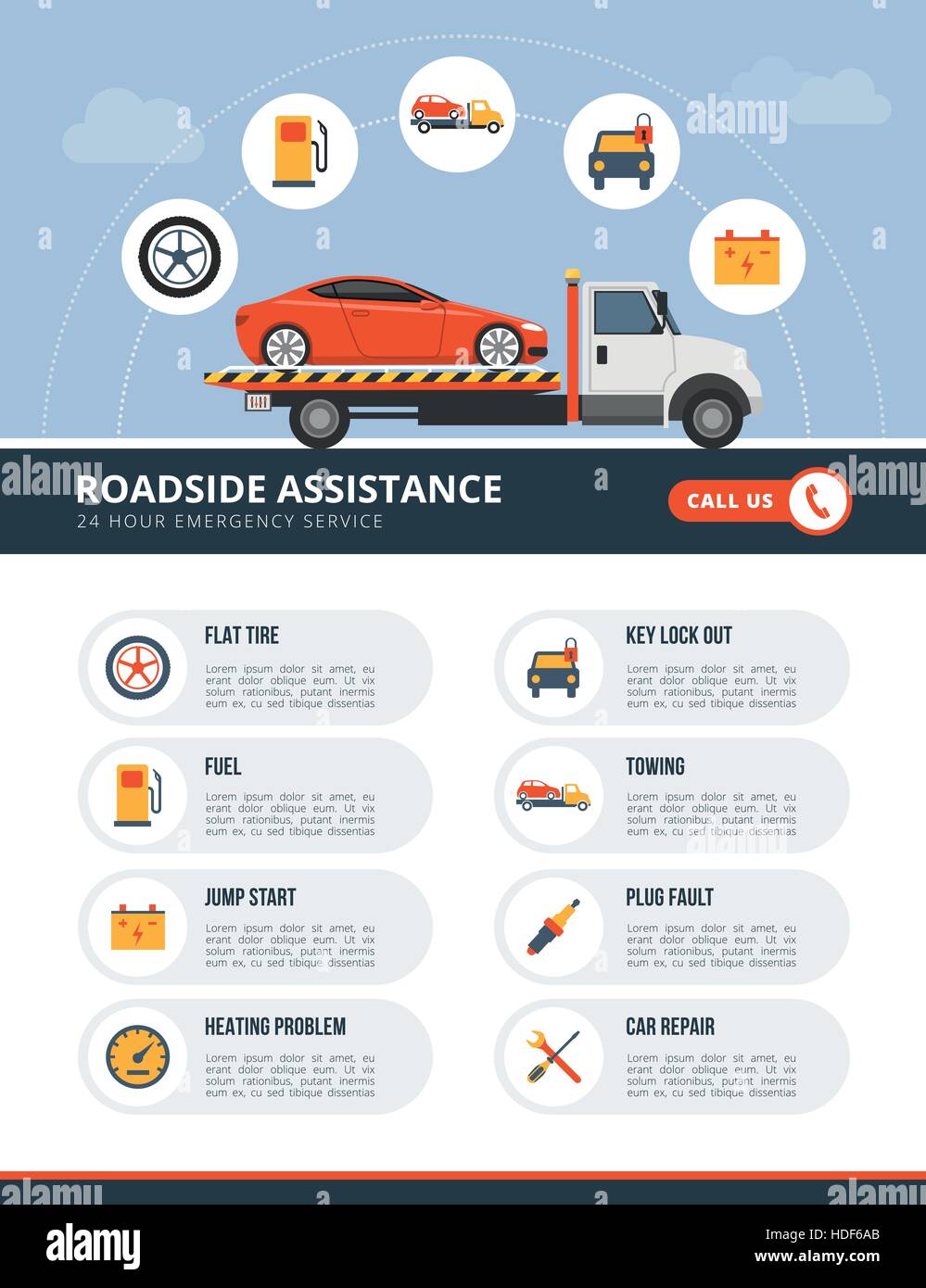Evaluating Your Auto'S Warning Indicators: What They Really Convey
Evaluating Your Auto'S Warning Indicators: What They Really Convey
Blog Article
Team Writer-Lim Forbes
When you lag the wheel, those beautiful warning lights on your control panel can be a bit perplexing. Do you understand what they're trying to inform you regarding your automobile's wellness? Comprehending the value of these lights is vital for your security and the durability of your automobile. So, https://brakesplus51728.nizarblog.com/30425855/individual-experience-changing-my-jalopy-with-a-weekend-detailing-session following time one of those lights appears, wouldn't you want to understand its message precisely and take the needed actions to address it?
Common Caution Lighting and Interpretations
Recognize typical caution lights in your automobile and recognize their meanings to ensure safe driving.
One of the most common warning lights include the check engine light, which signals issues with the engine or discharges system. If this light begins, it's essential to have your automobile checked quickly.
The oil pressure warning light suggests low oil pressure, requiring immediate focus to stop engine damage.
A blinking battery light might recommend a malfunctioning charging system, potentially leaving you stranded otherwise resolved.
The tire pressure monitoring system (TPMS) light alerts you to reduced tire stress, affecting vehicle security and fuel efficiency. Overlooking this might lead to hazardous driving conditions.
The ABS light indicates a problem with the anti-lock stopping system, compromising your capability to quit rapidly in emergencies.
Lastly, the coolant temperature level alerting light warns of engine overheating, which can cause severe damage otherwise fixed promptly.
Understanding these common caution lights will aid you resolve issues promptly and keep safe driving problems.
Relevance of Prompt Focus
Comprehending the common warning lights in your vehicle is just the primary step; the significance of without delay attending to these warnings can't be stressed enough to guarantee your safety and security when traveling.
When a warning light illuminates on your control panel, it's your car's way of connecting a potential concern that needs focus. Disregarding these warnings can bring about extra serious issues down the road, compromising your safety and security and possibly costing you much more out of commission.
Motivate interest to advising lights can protect against break downs and accidents. As an example, a blinking check engine light might suggest a misfire that, if left neglected, can create damages to the catalytic converter. Resolving this quickly can conserve you from a pricey repair work.
Similarly, a brake system warning light might signify reduced brake fluid or used brake pads, important parts for your safety when driving.
Do It Yourself Troubleshooting Tips
If you observe a warning light on your control panel, there are a couple of do it yourself fixing pointers you can attempt prior to seeking professional aid.
The primary step is to consult your automobile's handbook to recognize what the details caution light suggests. Sometimes car detiling can be as simple as a loose gas cap activating the check engine light. Tightening up the gas cap might solve the problem.
An additional typical problem is a reduced battery, which can cause different cautioning lights. Inspecting the battery connections for rust and guaranteeing they're protected may take care of the problem.
If a caution light continues, you can try resetting it by disconnecting the cars and truck's battery for a couple of minutes and afterwards reconnecting it. Additionally, checking your vehicle's fluid degrees, such as oil, coolant, and brake liquid, can assist fix alerting lights associated with these systems.
Final thought
To conclude, understanding your cars and truck's caution lights is essential for maintaining your vehicle running efficiently and securely. By immediately dealing with these informs and knowing what they suggest, you can stay clear of pricey repair work and prospective failures.
Remember to consult your cars and truck's guidebook for specific details on each cautioning light and do something about it as necessary to make certain a trouble-free driving experience.
Stay informed, remain risk-free on the road!
